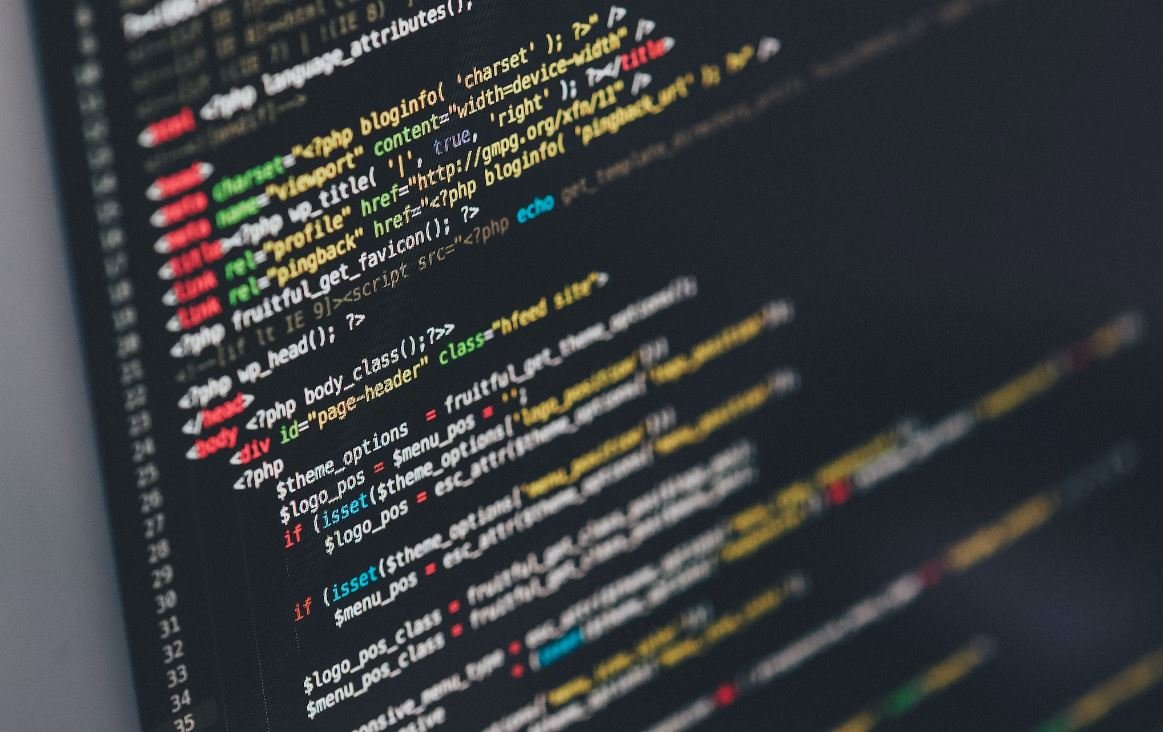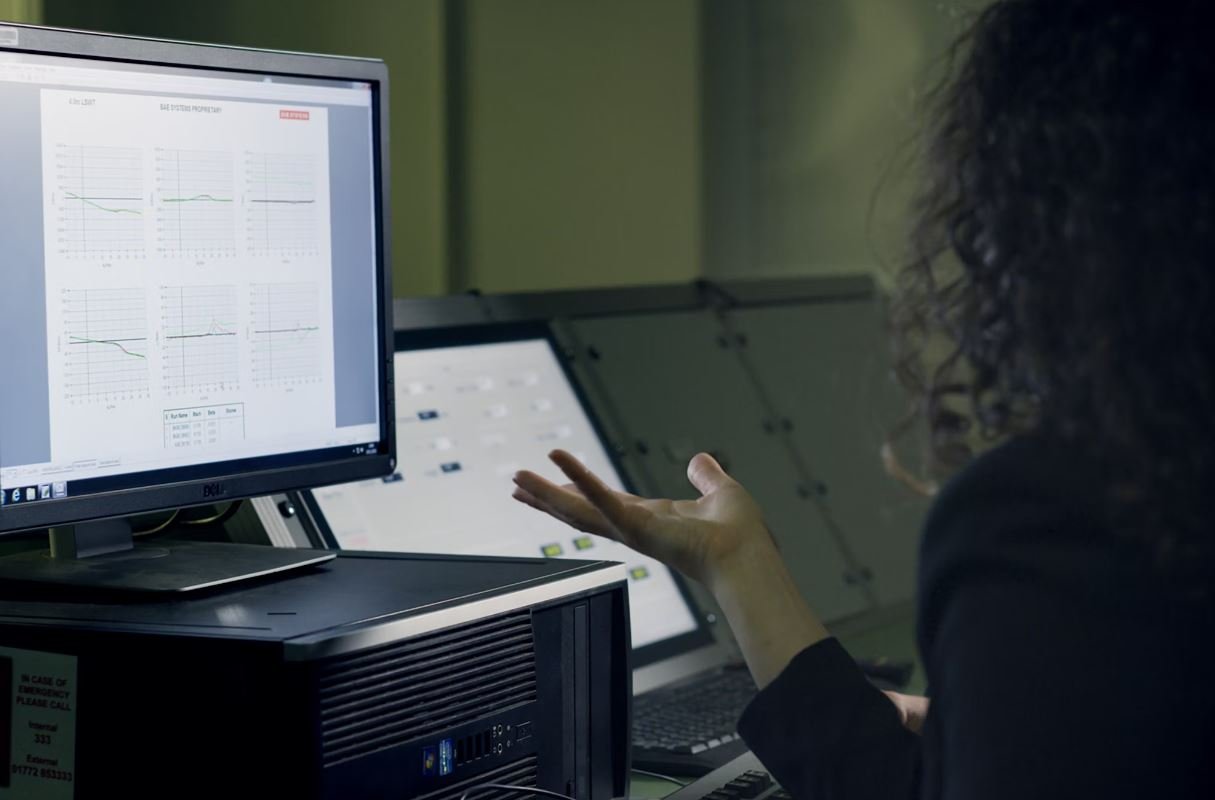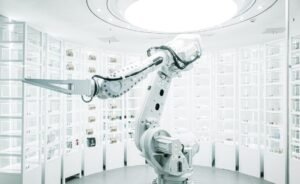How Fast Can AI Learn?
Artificial intelligence (AI) has revolutionized many industries and continues to make advancements in various fields. One of the key aspects of AI is its ability to learn autonomously from data and improve its performance over time. But how fast can AI really learn? Let’s explore the concept of AI learning speed and the factors that influence it.
Key Takeaways:
- AI can learn and adapt autonomously from data.
- AI learning speed depends on a variety of factors.
- Quantity and quality of data, model complexity, and available computational resources impact AI learning speed.
AI learning speed is influenced by several key factors. The quantity and quality of available data play a crucial role in determining how fast AI can learn. More data and diverse datasets can provide a broader scope for learning, leading to potentially faster acquisition of knowledge. Additionally, the complexity of the AI model itself affects the learning speed. More complex models may require more time to process and analyze the data, slowing down the learning process. Finally, the computational resources available for training the AI model also impact its learning speed. Higher computational power can accelerate the learning process, allowing AI to learn faster.
Training AI models involves a continuous feedback loop in which the AI system iteratively refines its learning by analyzing feedback from previous experiences.
The Impact of Data on AI Learning Speed
Data is the fuel that powers AI learning. The volume and quality of data provided to the AI system influence its learning speed. Here are some key considerations:
- Quantity: A larger quantity of data can potentially enable AI to discover patterns and correlations more quickly. Large datasets provide a rich source of information for AI to learn from, potentially speeding up the learning process.
- Quality: The quality of data is equally important as quantity. High-quality datasets, free from biases and errors, can result in more accurate learning outcomes. Clean and well-curated data can enhance AI learning speed by reducing noise and facilitating better decision-making.
- Variety: Diverse datasets that cover various scenarios and contexts can enhance the AI system’s understanding and broaden its knowledge base. Exposure to diverse datasets enables AI to learn more quickly and generalize its knowledge to new situations.
| Factors | Impact |
|---|---|
| Quantity of Data | More data can speed up AI learning process. |
| Quality of Data | High-quality data leads to more accurate learning outcomes. |
| Variety of Data | Diverse datasets enhance AI understanding and knowledge. |
Data quality and diversity are significant contributing factors to AI learning speed.
The Role of Model Complexity
The complexity of an AI model impacts the speed at which it can learn. AI models can range from relatively simple to highly complex architectures. The complexity of an AI model is determined by factors such as the number of parameters, layers, and connections. Here’s how model complexity affects AI learning speed:
- Simple Models: Less complex models with fewer parameters tend to learn faster as they require less computation to process the data and update their learning representations. However, simpler models may have limited capacity to capture complex patterns and may not achieve the highest accuracy.
- Complex Models: Highly complex AI models have a larger capacity to learn intricate patterns and nuances in the data, potentially leading to superior performance. However, these models often require more computational resources and time to train due to the increased number of calculations involved.
The choice between model complexity and learning speed often involves a trade-off between accuracy and computational resources.
The Influence of Computational Resources
Computational resources play a significant role in determining AI learning speed. Here are the key factors to consider:
- Hardware: The type and power of hardware used for AI training affect the speed at which the model can process data. High-performance hardware, such as GPUs (Graphics Processing Units), can significantly accelerate the learning process by enabling parallel processing and faster computations.
- Infrastructure: Efficient infrastructure, including optimized data storage and network connectivity, can reduce the time taken to access and process large datasets. Well-architected infrastructure can speed up AI learning by minimizing system bottlenecks and reducing latency.
- Cloud Computing: Cloud-based computing platforms provide scalable resources for AI training, allowing for faster processing and lower time-to-results. Leveraging cloud services eliminates the need for upfront investment in hardware and provides flexibility in adjusting computational resources to meet specific learning speed requirements.
| Hardware | Impact |
|---|---|
| Powerful GPUs | Accelerate AI learning through parallel processing. |
| Efficient Infrastructure | Reduces latency and system bottlenecks for faster learning. |
| Cloud Computing | Offers scalable resources and faster time-to-results. |
Access to powerful hardware, efficient infrastructure, and cloud computing resources can significantly boost AI learning speed.
Artificial intelligence has the incredible ability to learn autonomously and continuously improve its performance. However, the speed at which AI learns depends on various factors, such as the quantity and quality of data, model complexity, and available computational resources. By optimizing these factors, we can enhance AI learning speed and enable AI systems to adapt more quickly to changing circumstances, leading to more efficient and effective AI applications in various industries.

Common Misconceptions
1. AI can learn as fast as humans
One common misconception about AI is that it can learn at the same speed as humans or even faster. However, this is not entirely accurate. While AI systems can process vast amounts of information quickly, they do not possess the same ability to understand complex concepts and nuances as humans do. AI learns through algorithms and data, leveraging computational power to process and analyze information efficiently. Nonetheless, AI still requires time and training to develop its capabilities.
- AI relies on algorithms and data processing.
- AI lacks the human ability to understand complex concepts.
- AI still needs training and time to develop.
2. AI can learn everything on its own
Another misconception is that AI can learn everything on its own without human intervention. While AI systems are designed to learn from data and adjust their algorithms accordingly, they still require human guidance and supervision. Humans play a crucial role in shaping the objectives, providing feedback, and ensuring ethical considerations in AI development. Without human input and ongoing supervision, AI systems can produce inaccurate or biased results, leading to potentially harmful outcomes.
- AI requires human guidance and supervision.
- Humans shape the objectives and provide feedback to AI systems.
- Without human input, AI systems can yield biased or inaccurate results.
3. AI can learn instantly
Many people believe that AI systems can learn instantly, and once exposed to new information, they can immediately incorporate it into their knowledge base. However, the reality is that AI learning is an iterative process that requires time and multiple stages. AI systems need to be trained on extensive datasets, which can take considerable time depending on the complexity of the task. Additionally, after training, AI systems may require further fine-tuning and continuous learning to improve their performance.
- AI learning is an iterative process.
- Training AI on extensive datasets takes time.
- Continuous learning and fine-tuning may be necessary for AI systems.
4. AI learning is similar to human learning
Contrary to popular belief, AI learning and human learning are fundamentally different. Human learning is a complex process influenced by emotions, experiences, and cognitive abilities, while AI learning is based on statistical analysis and pattern recognition. AI systems excel at repetitive tasks and recognizing patterns in vast amounts of data, but they lack the holistic understanding and creativity that humans possess. AI learning focuses on optimization and automation, while human learning is driven by reasoning and context.
- AI learning relies on statistical analysis and pattern recognition.
- Humans have emotions, experiences, and creativity in their learning process.
- AI learning focuses on optimization and automation.
5. AI can learn without limitations
Lastly, there is a misconception that AI has no limitations when it comes to learning. While AI systems have made remarkable advancements in recent years, they still have certain limitations. These limitations can include data quality, bias in training data, computational resources, and the complexity of the task at hand. AI systems perform best when they have access to high-quality, relevant data and sufficient computational power. Overcoming limitations in AI learning requires continuous research and technological advancements.
- AI has limitations in data quality, bias, and computational resources.
- High-quality, relevant data is crucial for AI learning.
- Continued research and technological advancements are needed to overcome limitations.

AI Learning Speed Comparison
The following table compares the learning speed of different artificial intelligence (AI) models. The data showcases the time required for these models to achieve a certain level of performance, providing insights into the rapid advancements in AI technology.
Training Time for Image Recognition AI
Displayed below are the time durations required to train various AI models for image recognition tasks. Each model was trained on a large dataset to accurately identify objects within images.
Accuracy Improvement with Reinforcement Learning
This table highlights the improved accuracy percentages achieved by AI models using reinforcement learning techniques. Reinforcement learning is a training method where AI agents learn through trial and error, receiving rewards or penalties for their actions.
Speech Recognition Error Rates
The error rates in speech recognition, as mentioned in the table below, indicate the progress made in training AI models to accurately transcribe spoken words. Lower error rates signify higher accuracy in speech-to-text conversions.
Language Model Training Time
Outlined in the table is the duration of training required for language models to comprehend and generate human-like text. This data reflects the efficiency at which AI models are learning to understand and generate natural language.
Speed of AI’s Game Player Development
Provided below is a comparison of the time taken by AI programs to master various games. This table demonstrates the quick learning capability of AI systems in game-playing scenarios.
Machine Learning Algorithm Performance
The table below illustrates the performance of different machine learning algorithms in terms of accuracy and training time. This data aids in evaluating the efficiency of various algorithms in training AI models to make accurate predictions.
Adversarial Training for Robustness
The success rates mentioned in the table reflect the effectiveness of adversarial training in making AI models more robust against intentional modifications or attacks. Adversarial training enhances the ability of AI systems to withstand adversarial examples.
Deep Learning Training Time with GPUs
The table provides an insight into the accelerated training times achieved by using graphical processing units (GPUs) for deep learning models. GPUs are specialized hardware that boosts the training speed of AI networks.
Learning Rate Tuning for Convergence
Showcased below are the optimal learning rates discovered through experimentation, which enable AI models to converge faster during the training process. Fine-tuning the learning rate aids in optimizing the efficiency of AI learning.
Overall, the array of tables presented above showcases the astounding speed at which AI systems are learning and improving across various domains. The remarkable advancements in AI technology highlight its potential to revolutionize numerous fields, ultimately benefiting society as a whole.
Frequently Asked Questions
How quickly can artificial intelligence (AI) learn?
AI has the ability to learn at various speeds depending on the complexity of the task, the amount and quality of data available, and the algorithms and computational resources being used. In some cases, AI systems can learn and adapt in real-time, while in others, it may take longer periods of time for significant progress to be made.
What factors influence the learning speed of AI?
The learning speed of AI can be influenced by several factors such as:
- The complexity of the task
- The size and quality of the dataset available for training
- The algorithms and models being used
- The computational resources and hardware infrastructure
- The availability of feedback and reinforcement
Is there a limit to how fast AI can learn?
While AI can learn at impressive speeds, there are certain limitations to its learning capabilities. Factors such as the complexity of the task, the availability and quality of training data, and the computational resources being used can impact the learning speed. Additionally, ethical considerations and the need for human oversight may impose limitations on the speed at which AI can learn.
What are some use cases where AI can learn quickly?
AI can learn quickly in various use cases, including:
- Image and object recognition
- Natural language processing and understanding
- Recommendation systems
- Spam and fraud detection
- Pattern recognition
Are there instances where AI takes longer to learn?
Yes, there are situations where AI may take longer to learn, such as:
- Complex tasks that require extensive training data
- Tasks with a high degree of uncertainty and variability
- Tasks that involve complex decision-making processes
- Tasks with limited availability of relevant training data
Can AI learn from mistakes?
Yes, AI can learn from mistakes through a process known as reinforcement learning. In reinforcement learning, the AI system receives feedback or rewards based on its actions and adjusts its behavior accordingly. By learning from the consequences of its actions, AI can improve its performance over time.
How does the learning speed of AI compare to humans?
The learning speed of AI can vary depending on the task and the amount of training data available. In certain scenarios, AI can learn at a faster pace than humans, especially in tasks that require processing large amounts of data or complex computations. However, AI may still struggle to match human learning capabilities when it comes to tasks that involve intuitive reasoning, creativity, and ethical considerations.
What are some challenges in AI learning?
AI learning faces several challenges, including:
- The need for large, high-quality training datasets
- Ensuring fairness and avoiding biased learning
- Interpreting and explaining the decisions made by AI systems
- Adapting to changing environments and dynamic inputs
- Handling complex and uncertain situations
Can AI learn faster with more computational power?
Yes, increased computational power can potentially facilitate faster AI learning. With more computational resources, AI systems can process larger datasets in less time, explore more complex algorithms, and perform more iterations during the training process. However, the impact of computational power on learning speed also depends on other factors such as the size and quality of the dataset, the complexity of the task, and the efficiency of the learning algorithms being employed.
Is there ongoing research to improve AI learning speed?
Yes, researchers and developers are continually working on improving AI learning speed. This includes developing more efficient learning algorithms, exploring novel training techniques such as transfer learning, and leveraging advancements in hardware technology to enhance computational power. The goal is to enable AI systems to learn faster and more effectively, opening doors to new possibilities and applications.




